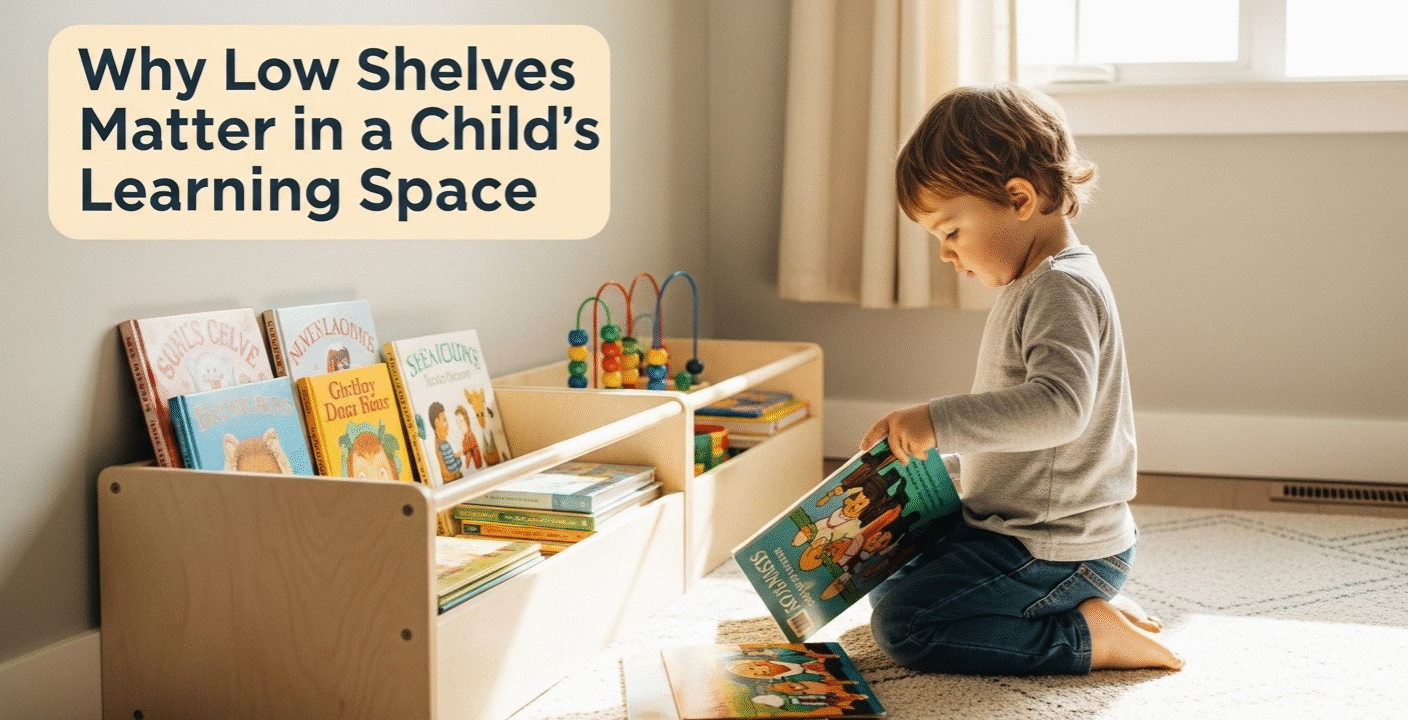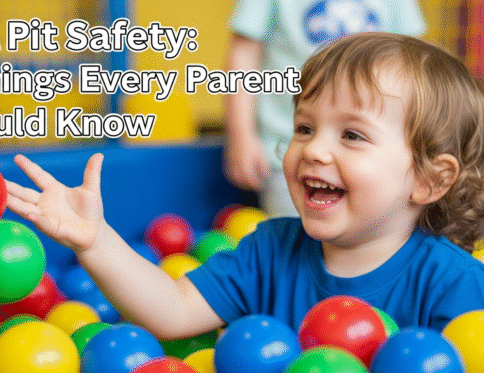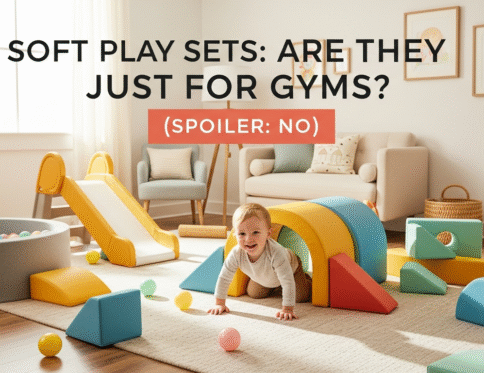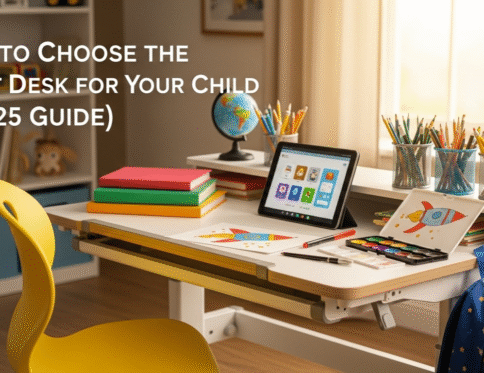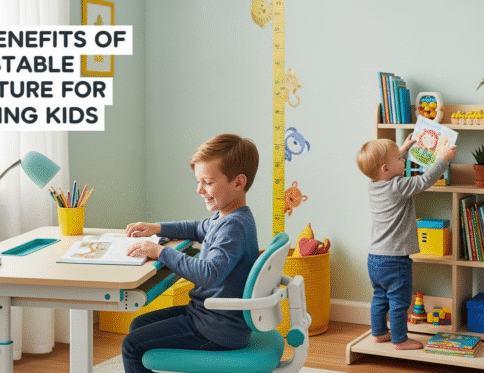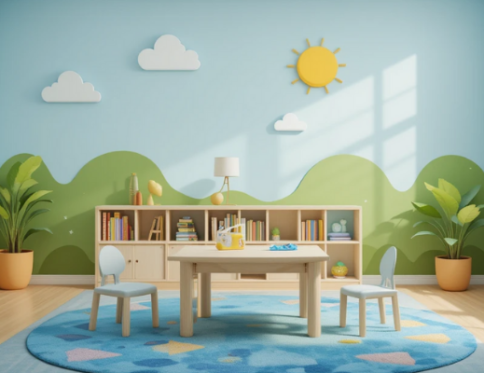In the world of early childhood education, small changes can make a monumental difference. One of the most impactful yet simple adjustments you can make to a child’s learning space is incorporating low shelves. This concept, a cornerstone of the Montessori-inspired approach, is about much more than just storage; it is a fundamental tool for empowering your child. By moving away from cluttered toy boxes and embracing accessible, organized playroom design, you are laying the groundwork for crucial aspects of child development, from independent play to cognitive growth.
This guide explores the profound reasons why low shelves are a non-negotiable element in creating an enabling environment that nurtures a child’s natural curiosity and desire to learn.
Fostering Independence and Boosting Confidence
The primary benefit of low shelves is that they place materials at the child’s level, giving them physical and visual access to their own toys and learning tools. This simple act of accessibility is a powerful message: “This is your space, and you are capable.”
- Empowering Choice: When children can see and reach their toys without needing to ask for help, they learn to make their own choices. This cultivates crucial decision-making skills from a very young age. They decide what to play with and for how long, which is the essence of independent play.
- Building Self-Esteem: Successfully retrieving and later putting away a toy gives a child a sense of accomplishment. These small wins build self-confidence and a feeling of competence in managing their own child’s learning space.
Enhancing Cognitive Skills and Concentration
A cluttered environment can be overwhelming for a young mind. The structure provided by low shelves directly supports cognitive development and focus.
- Improved Focus: Unlike a deep toy chest where items are jumbled together, low shelves allow for a curated selection of toys to be displayed neatly. This limited, orderly presentation minimizes distraction, allowing a child to focus their attention on one activity at a time.
- Early Math Skills: The act of taking toys from and returning them to a specific spot on a shelf introduces foundational concepts of order, sorting, and categorization—precursors to mathematical thinking. An organized playroom is a child’s first laboratory for understanding spatial relationships.
Cultivating Responsibility and Respect for Toys
One of the most valuable lessons learned in a well-designed child’s learning space is a sense of responsibility. Low shelves are instrumental in teaching children to care for their belongings.
- A Place for Everything: The principle of “a place for everything, and everything in its place” is easy to teach when a toy has a designated home on a shelf. This visual clarity helps children understand the cleanup process, transforming it from a chore into a logical conclusion to playtime.
- Developing Respect: When toys are displayed thoughtfully on low shelves rather than thrown in a box, they are perceived as valuable and important. This encourages children to handle their belongings with care, fostering respect for toys and their environment.
Creating a Safe and Enabling Environment
Finally, from a practical standpoint, low shelves contribute to a safer and more effective enabling environment. Children will inevitably try to get things they want; if toys are on high shelves, they may resort to dangerous climbing. By making their learning materials accessible, you create a space that is not only educational but also inherently safer. The goal of a child’s learning space should always be to grant as much independence as possible within the bounds of safety.
By integrating this simple piece of furniture, you are not just organizing a room; you are architecting an environment that respects the child, supports their development, and empowers them to become confident, capable, and independent learners.
Disclaimer: This article is for informational purposes only. Please consult with a professional for personalized advice.
